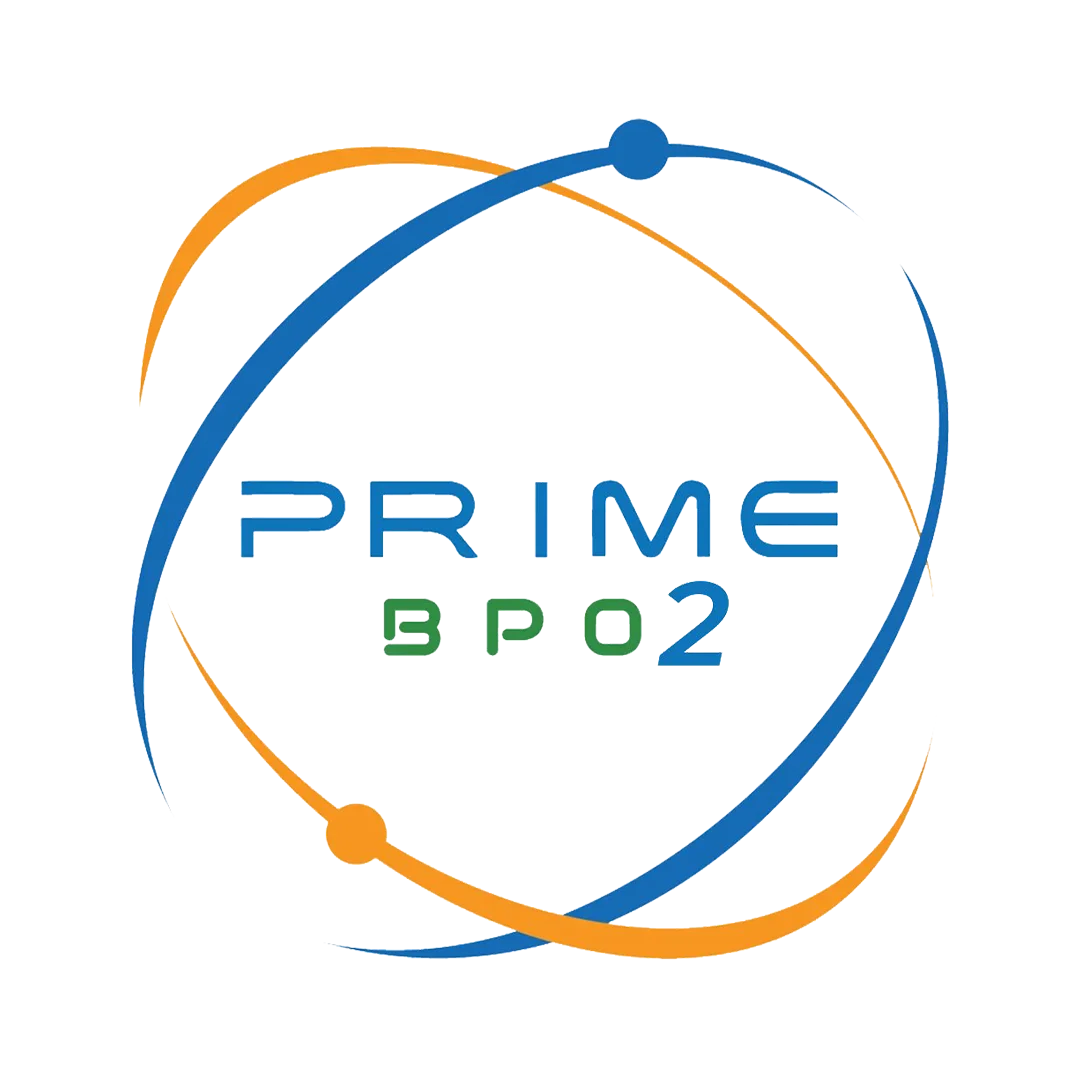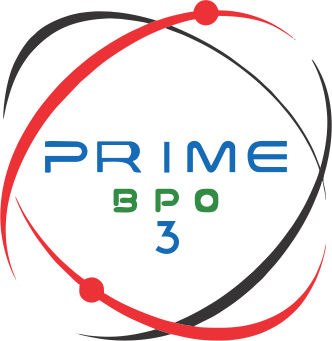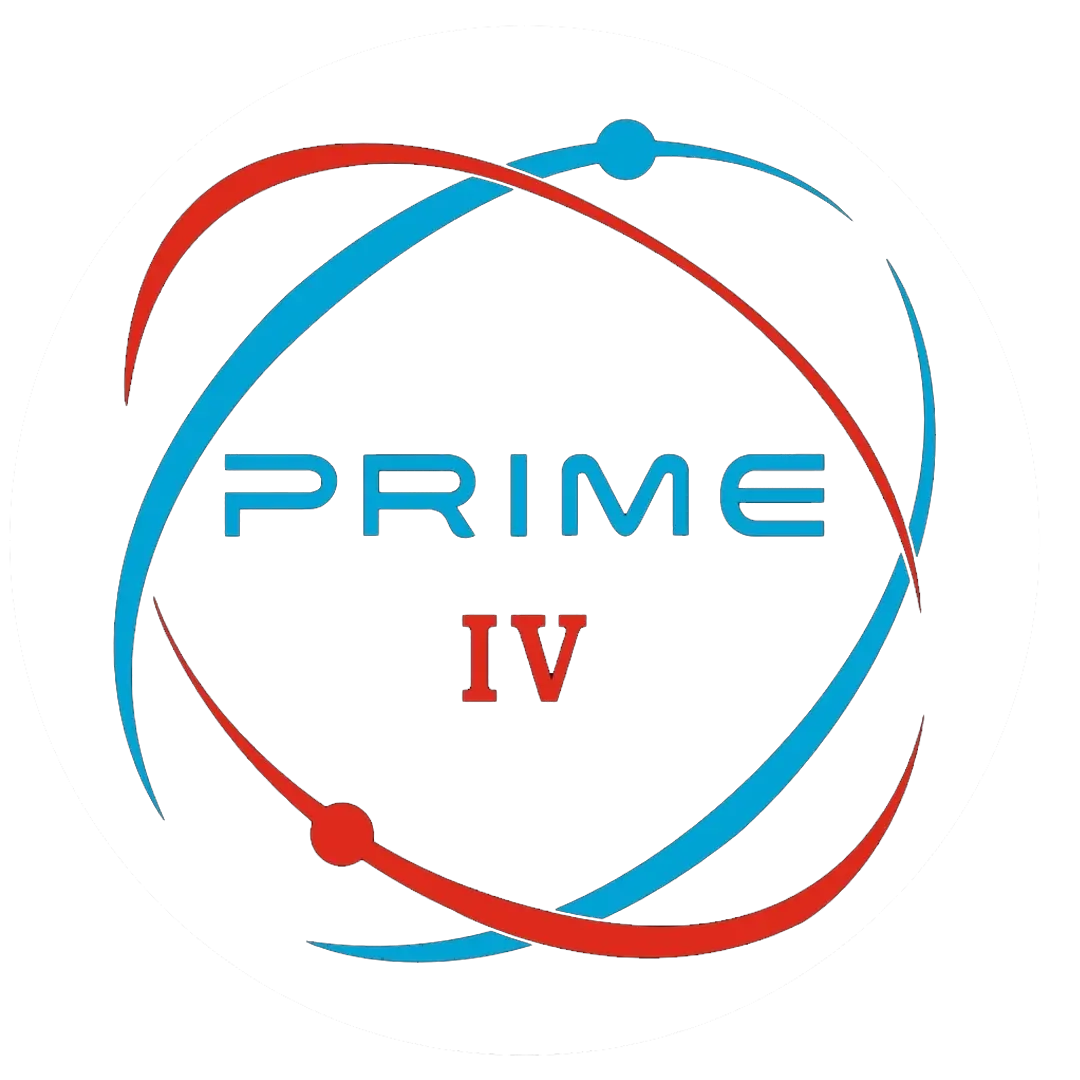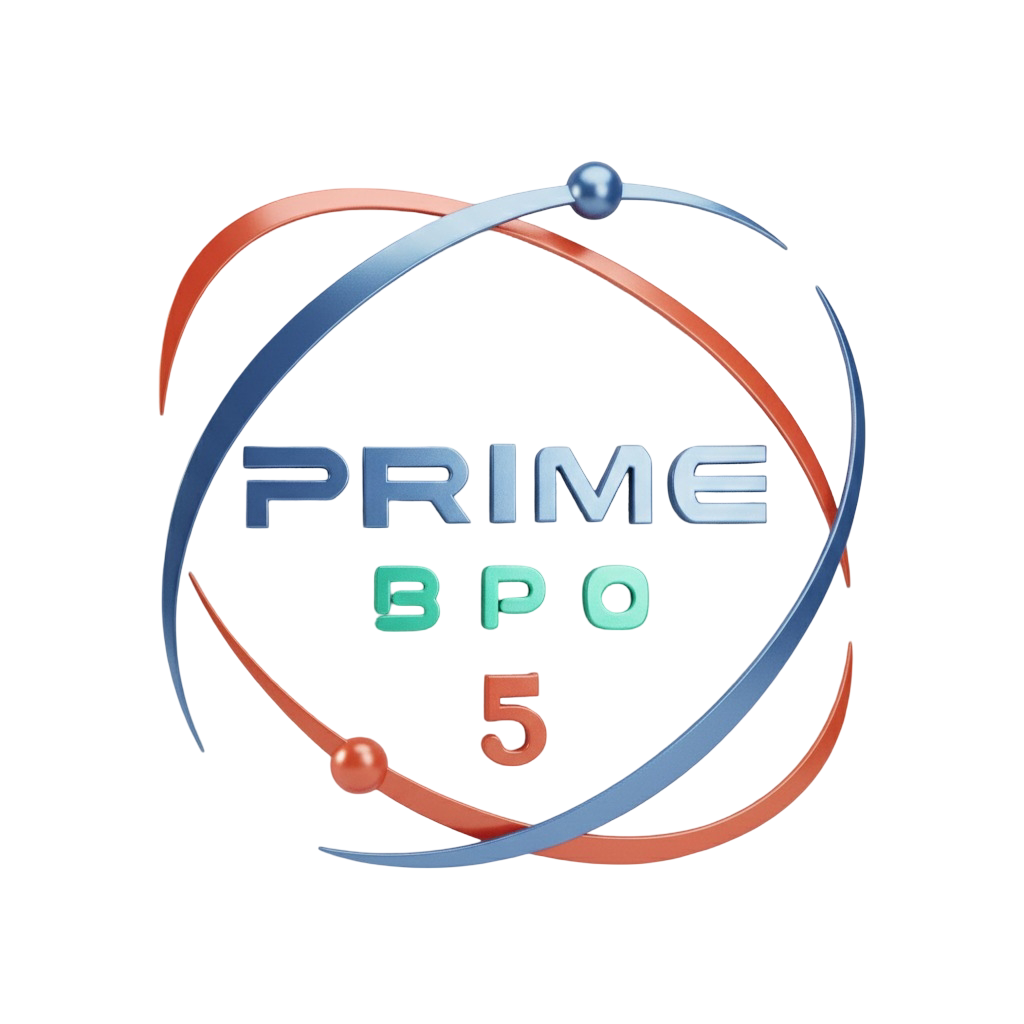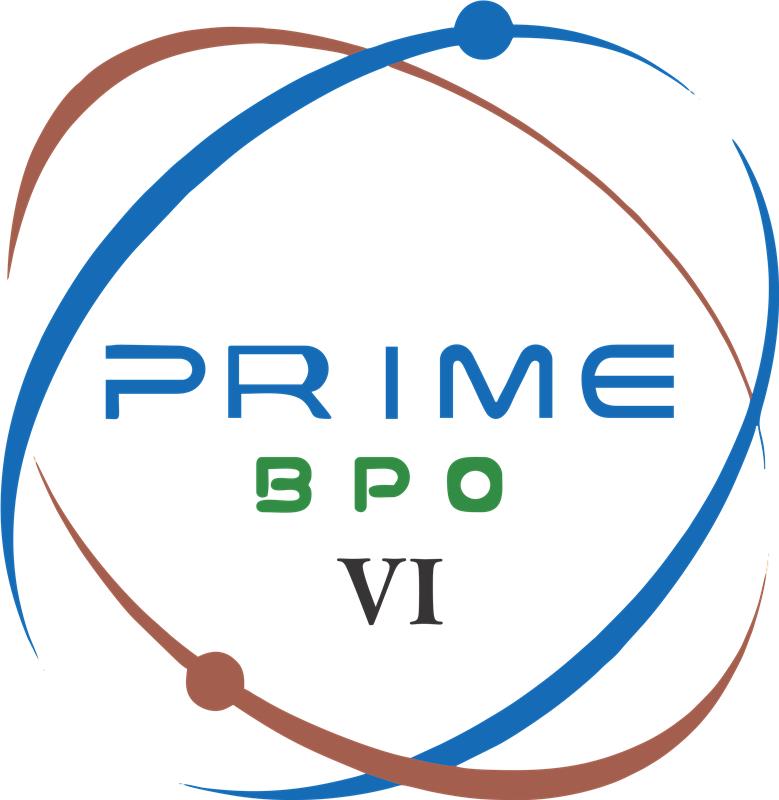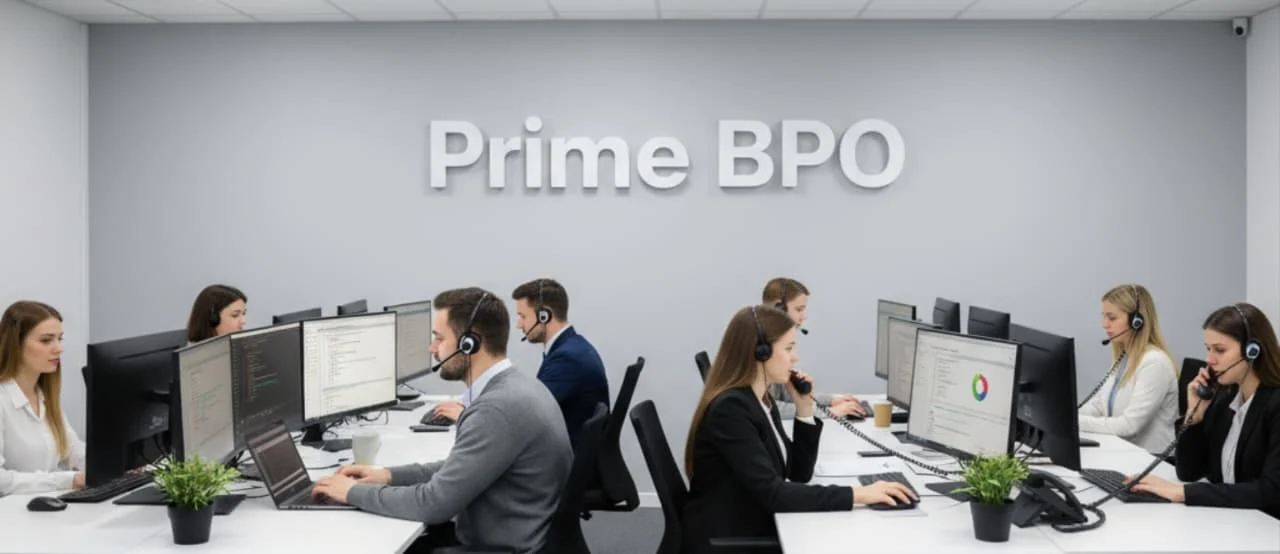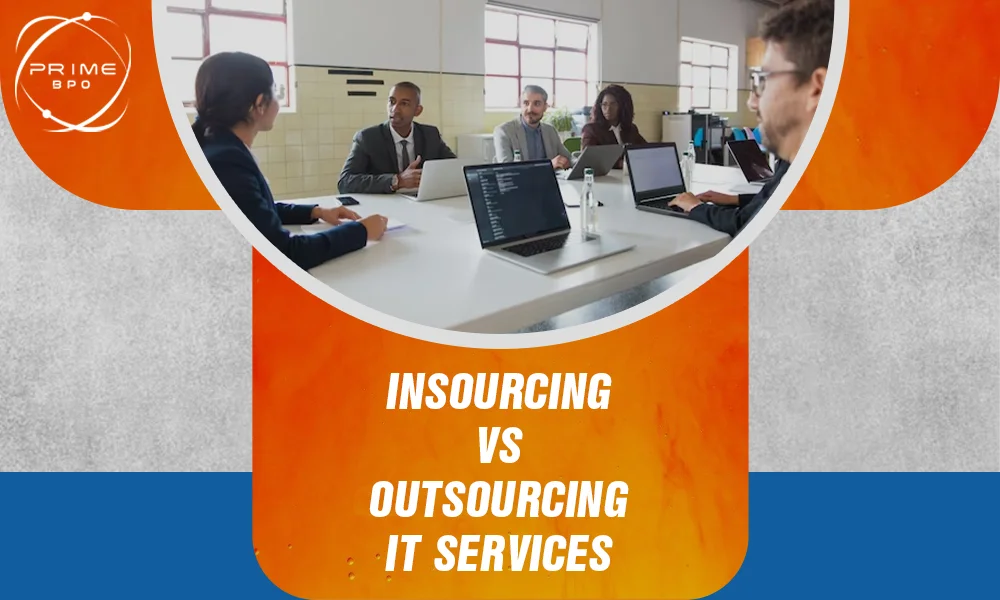In the ever-evolving dance of business, technology reigns as the star performer, orchestrating operations, innovation, and growth. Imagine your business on a stage where IT services take the spotlight. But the real show-stopper? Deciding whether to keep the tech troupe in-house or call in the outsourcing ensemble. It's a decision that could be the plot twist in your company's success story.
Enter the world of insourcing vs outsourcing IT services. Insourcing keeps the show close to home, with your team as the lead actors, while outsourcing brings in the guest stars, experts swooping in to steal the scenes. Each approach has its own script, its own flair, but choosing the right one for your business? That's the pivotal scene.
In this performance, we'll unravel the complexities, break down the jargon, and guide you through the spotlight moments of insourcing vs outsourcing IT services. It's time to find your business's perfect tech rhythm. Let's cue the lights and discover the show that fits your stage.
What are Insourcing IT Services?
Insourcing refers to the practice of keeping IT functions and services in-house, utilizing an internal team of IT professionals to manage and support the company's technological infrastructure. This approach allows for direct control over IT operations, fostering a deeper understanding of the organization's specific needs and priorities.
Get Free Quotes
Customized Options Await
Key aspects of insourcing IT services include:
-
Internal Management: The organization manages its IT needs using its own staff, infrastructure, and resources.
-
Direct Control: It allows for direct control and oversight of IT operations, offering more immediate customization and response to the company's evolving requirements.
-
In-depth Understanding: Insourcing fosters a deeper understanding of the company's specific technological needs and workflows, facilitating tailored solutions.
-
Customization: It enables businesses to tailor IT solutions and strategies specifically to their requirements without depending on external providers.
-
Security and Confidentiality: Companies can implement stringent security measures and protocols to protect sensitive data since IT operations are managed internally.
Advantages and Drawbacks of Insourcing
Insourcing IT services comes with its own set of advantages and drawbacks:
Advantages of Insourcing
Control and Customization
Insourcing allows for direct control over IT operations, enabling immediate customization and adaptability to the company's specific needs and priorities.
In-depth Knowledge of Business Processes
Internal IT teams gain a profound understanding of the organization's workflows, enabling tailored solutions and faster problem-solving aligned with business objectives.
Confidentiality and Security
In-house IT departments can implement stringent security measures to safeguard sensitive data, reducing the risk of breaches or data leaks.
Immediate Response
With the IT team in-house, there is a quicker response time to resolve issues or implement changes without relying on external providers.
Drawbacks of Insourcing
High Operational Costs
Maintaining an in-house IT department incurs substantial expenses related to salaries, benefits, training, infrastructure, and ongoing operational costs, impacting the company's budget significantly.
Limited Expertise and Scalability
Internal teams may lack expertise in specialized areas or face limitations in resources for sudden scalability requirements, leading to potential delays or compromises in service quality.
Resource Intensive
Managing an internal IT team requires ongoing investments in recruitment, training, and infrastructure maintenance, diverting resources from other areas of the business.
Risk of Stagnation
Insourcing might limit exposure to external innovations or emerging technologies, potentially leading to stagnation or slower adoption of advancements in the IT industry.
Businesses must carefully weigh these advantages and drawbacks when considering insourcing IT services to ensure that the chosen strategy aligns with their specific needs, budget, and long-term objectives.
What are Outsourcing IT Services?
Outsourcing IT services involves contracting external third-party providers or specialized firms to handle specific or all IT-related tasks and functions on behalf of an organization. Instead of managing IT operations internally, businesses delegate these responsibilities to external experts or vendors who specialize in various aspects of information technology.
Key aspects of outsourcing IT services include:
-
External Expertise: Organizations leverage the expertise and services of external vendors or specialized firms that have a focus on IT services, including software development, network management, cybersecurity, technical support, and more.
-
Cost Efficiency: Outsourcing IT services often leads to cost savings as companies pay for services rendered rather than maintaining a full-time in-house team, reducing expenses related to salaries, benefits, and infrastructure.
-
Access to Specialized Skills: External providers bring diverse skill sets and specialized knowledge, offering access to the latest technologies, innovations, and best practices that an internal team might lack.
-
Scalability and Flexibility: Outsourcing provides scalability on demand, allowing companies to quickly adapt to changing IT requirements without the need for extensive internal adjustments.
-
Focus on Core Business: By entrusting IT tasks to external experts, organizations can focus more on core business activities, enhancing overall productivity and efficiency.
Advantages and Drawbacks of Outsourcing:
Outsourcing IT services presents various advantages and drawbacks:
Advantages of Outsourcing
Cost Efficiency
Outsourcing IT services often results in cost savings as companies pay for services rendered rather than maintaining a full-time in-house team, reducing expenses related to salaries, benefits, and infrastructure.
Access to Specialized Expertise
External vendors bring diverse skill sets and specialized knowledge, offering access to the latest technologies, innovations, and best practices that an internal team might lack.
Get Free Quotes
Customized Options Await
Scalability and Flexibility
Outsourcing provides scalability on demand, enabling companies to quickly adapt to changing IT requirements without extensive internal adjustments.
Focus on Core Business
By entrusting IT tasks to external experts, organizations can concentrate more on core business activities, enhancing overall productivity and efficiency.
Drawbacks of Outsourcing
Dependency and Communication Challenges
Reliance on external vendors might lead to communication barriers, time zone differences, or dependency issues, impacting responsiveness and alignment with business goals.
Data Security and Confidentiality Concerns
Entrusting sensitive data to third-party providers raises potential security risks if proper confidentiality agreements and security measures are not established or managed effectively.
Quality Control
Ensuring the quality and timely delivery of services can be challenging when relying on external vendors, requiring stringent monitoring and management of service level agreements.
Loss of Control
Outsourcing may result in a loss of direct control over certain aspects of IT operations, potentially affecting customization and immediate responses to evolving needs.
Businesses considering outsourcing should carefully evaluate these advantages and drawbacks to make informed decisions that align with their specific needs, budget, and long-term objectives.
Insourcing vs Outsourcing IT Services: Choosing the Right Approach:
Choosing between insourcing vs outsourcing IT services requires careful consideration of various factors. Here's a guide to help make an informed decision:
1- Nature of IT Requirements
Evaluate the complexity, frequency, and specialized nature of your IT needs. Routine tasks might be cost-effective to outsource, while critical or specialized functions might benefit from insourcing.
2- Budget and Cost Considerations
Assess your budgetary constraints. Compare the expenses associated with maintaining an in-house team (insourcing) against the costs of outsourcing services to determine the most cost-effective option.
3- Scalability and Flexibility
Consider the level of scalability and flexibility needed for your IT operations. Outsourcing offers scalability on-demand, while insourcing might require time and resources for expansion.
4- Risk Management and Compliance
Analyze regulatory requirements and risk factors related to data security and compliance. Ensure that your chosen approach aligns with industry standards and mitigates potential risks.
5- Strategic Alignment
Evaluate how IT functions align with your company's strategic goals. Choose the approach that best supports your long-term objectives and enhances overall business efficiency.
6- Hybrid Approach
Consider a hybrid model that combines insourcing and outsourcing, leveraging internal expertise for core functions while outsourcing specialized tasks or occasional overflow work.
7- Continuous Evaluation
Regardless of the chosen approach, regularly assess and adapt IT strategies to ensure alignment with evolving business needs and technological advancements.
By thoroughly considering these factors, businesses can make an informed decision that aligns with their specific requirements, promotes efficiency, and supports long-term growth. Remember, there is no one-size-fits-all solution; the optimal approach depends on the unique circumstances and goals of each organization.
Get Free Quotes
Customized Options Await
What are the Pros and Cons of insourcing vs outsourcing?
Pros and Cons:
Aspect |
Insourcing |
Outsourcing |
|
Cost |
Potentially higher due to salaries, benefits, and infrastructure |
Potentially lower due to competitive rates and shared resources |
|
Control |
High level of control over processes and decisions |
Limited control, reliant on vendor expertise and communication |
|
Flexibility |
Can easily adapt internal resources to changing needs |
May require renegotiating contracts or switching vendors for adjustments |
|
Expertise |
Requires careful selection and training of internal staff |
Access to specialized skills and experience readily available |
|
Security |
Maintain direct control over data security within your organization |
May involve data transfer to vendor systems, requiring robust security measures |
Conclusion
The choice between insourcing vs outsourcing IT services is a pivotal decision that can significantly impact a company's efficiency, costs, and competitiveness. There is no one-size-fits-all solution, as each approach has its merits and limitations. Businesses must carefully evaluate their specific needs, goals, budget, and risk tolerance to determine the most suitable strategy.
Ultimately, a hybrid approach that combines the strengths of both insourcing and outsourcing might offer a balanced solution, allowing companies to leverage internal expertise while benefiting from external specialized services when necessary. Remember, regardless of the chosen strategy, continuous evaluation and adaptation are essential to ensure that IT services align with evolving business objectives and technological advancements.
Frequently Asked Questions (FAQs)
1- Is cost the only deciding factor between insourcing and outsourcing IT services?
While cost is a significant factor, it's not the sole determinant. Other considerations such as the nature of IT requirements, scalability needs, expertise availability, and strategic alignment with business objectives also play crucial roles in the decision-making process.
2- Can a company switch between insourcing and outsourcing based on changing needs?
Yes, companies can adopt a flexible approach and switch between insourcing and outsourcing based on evolving requirements. Some opt for a hybrid model, allowing for a blend of internal and external resources to adapt to changing demands effectively.
3- How can a business manage the risks associated with insourcing or outsourcing IT services effectively?
Risk management involves thorough planning, establishing clear communication channels, setting up robust contractual agreements, regularly evaluating vendor performance, and staying updated with industry standards and compliance requirements.
4- What is insourcing in IT?
Insourcing in IT refers to the practice of keeping IT functions and services internal to an organization, rather than outsourcing them to external service providers. Insourcing can be done to maintain control over IT processes, protect sensitive information, or leverage in-house expertise.
5- What is an example of insourcing?
Hiring a team of developers to manage your company's internal applications instead of relying on external vendors.
6- What is outsourcing IT services?
Outsourcing IT services involves hiring external service providers to handle some or all of an organization's IT functions. This can include software development, infrastructure management, technical support, and other IT-related tasks.
7- What are the risks of insourcing?
High costs: Hiring and retaining qualified IT staff can be expensive, especially for specialized skills.
Limited talent pool: Finding and attracting top IT talent within your local area can be challenging.
Slow adaptation: Internal teams may be less flexible and adaptable to changing technologies and demands.
Management burden: Requires additional management overhead for recruitment, training, and performance evaluation.
Remember, the best approach depends on your specific needs, budget, and priorities. Carefully evaluate both options before making a decision.
